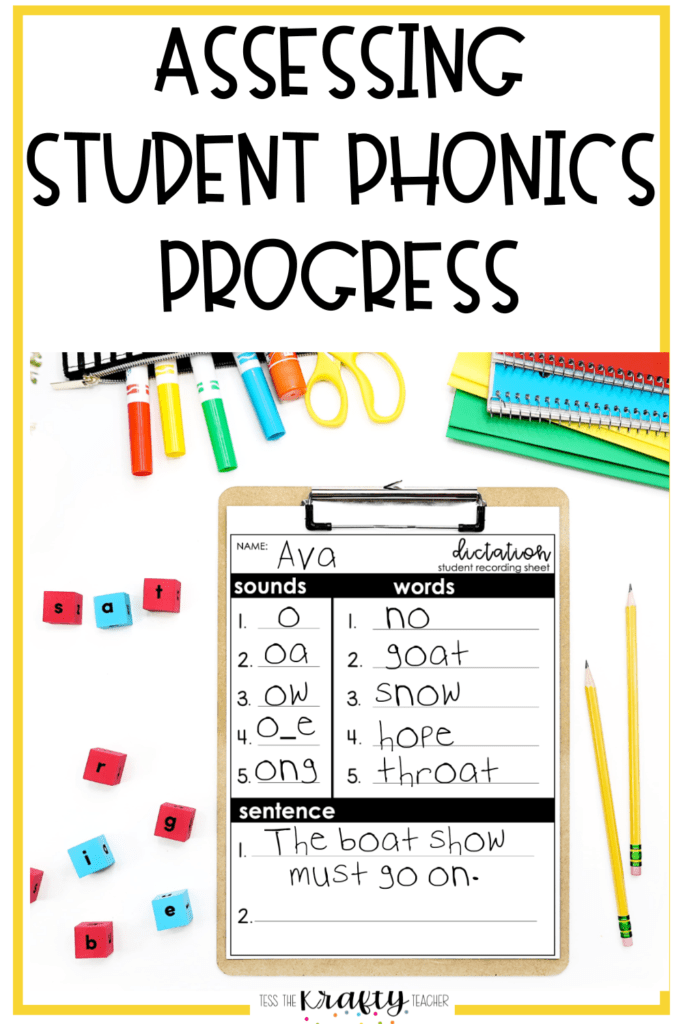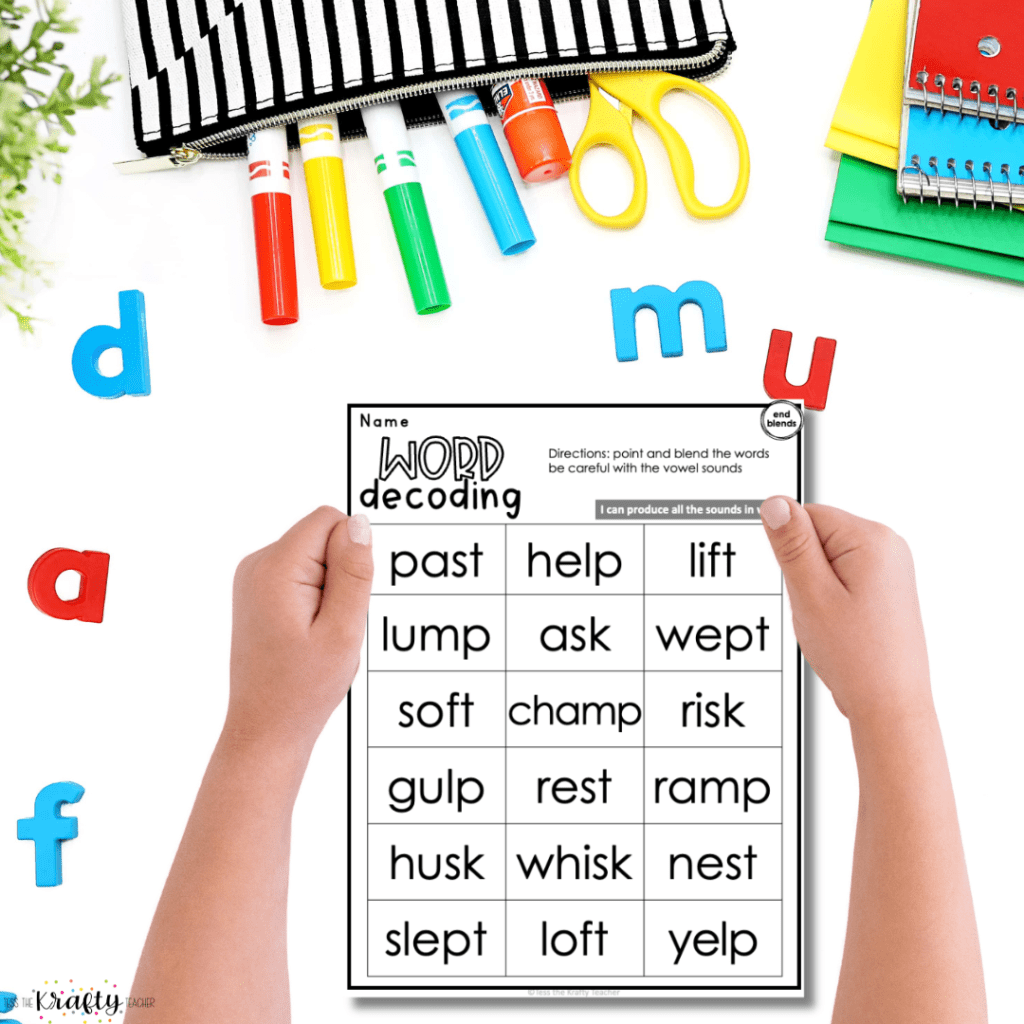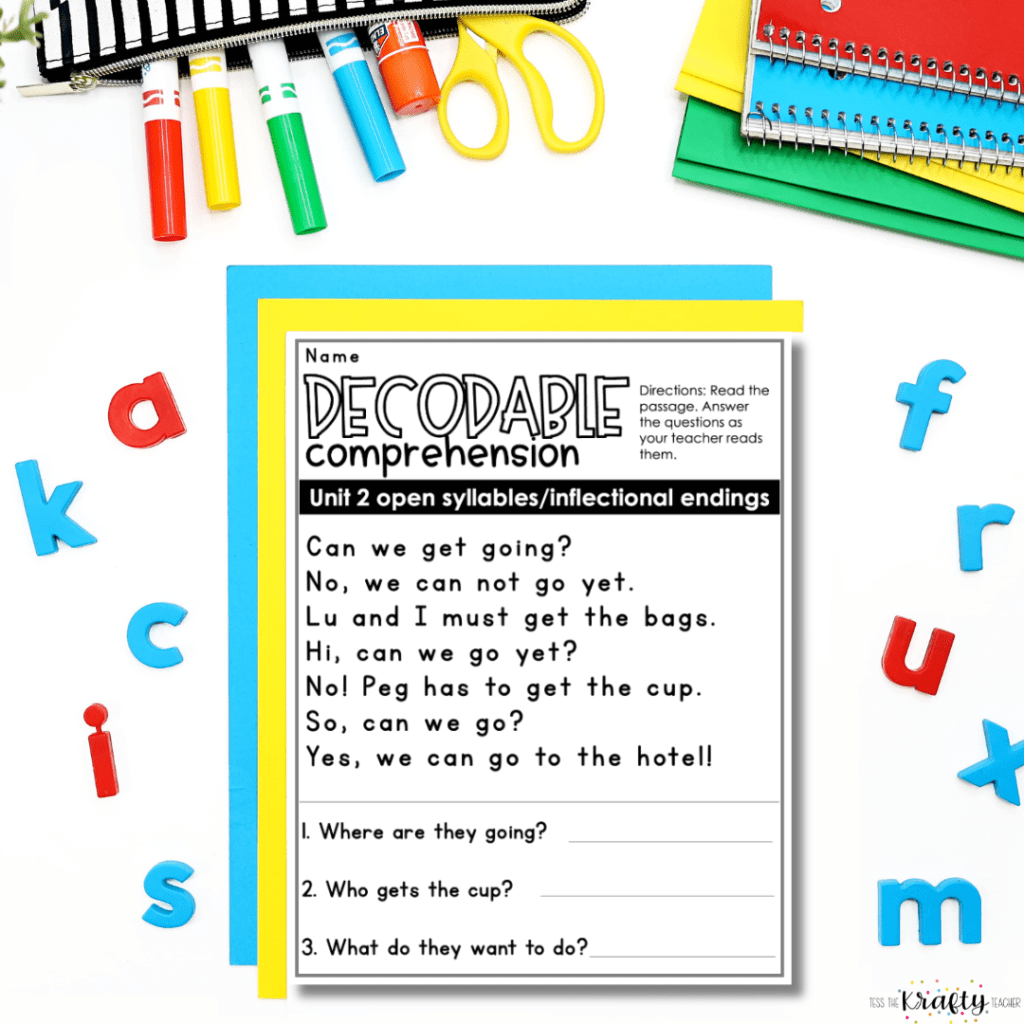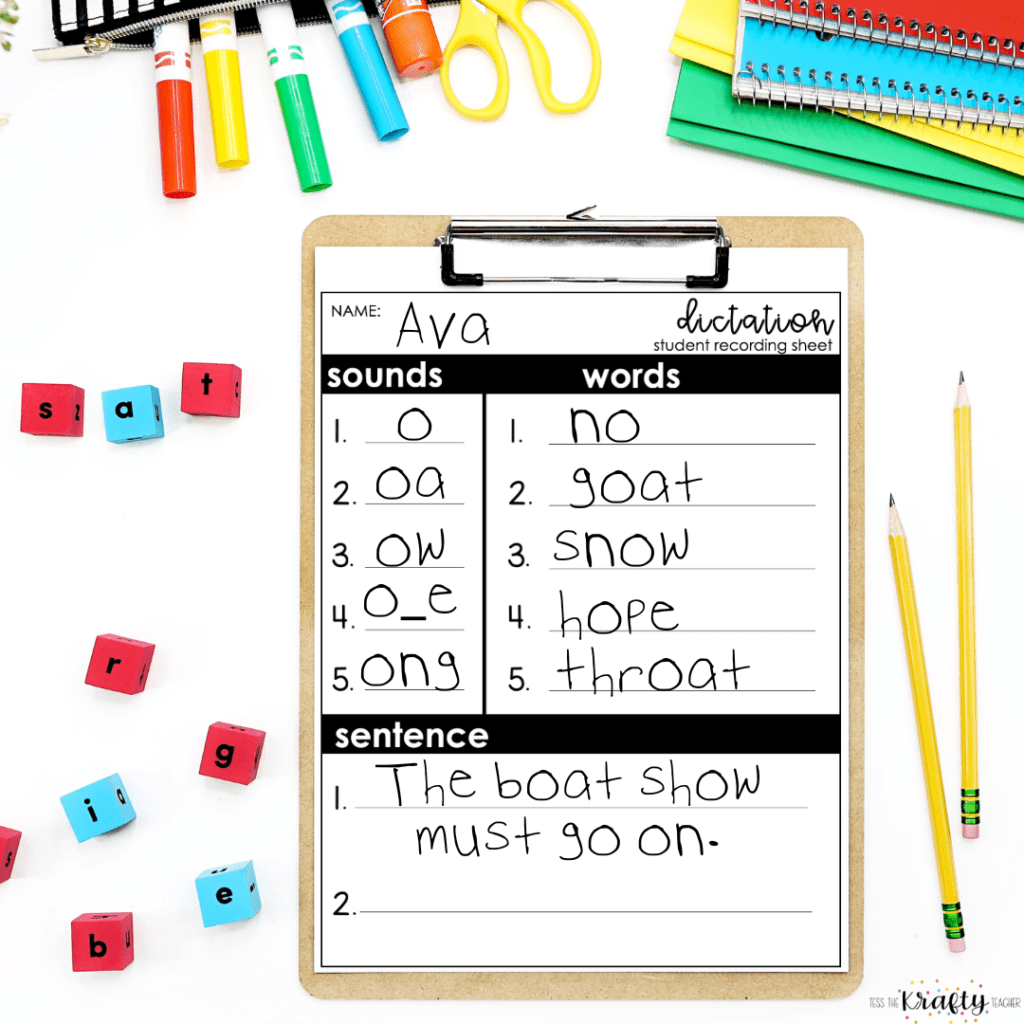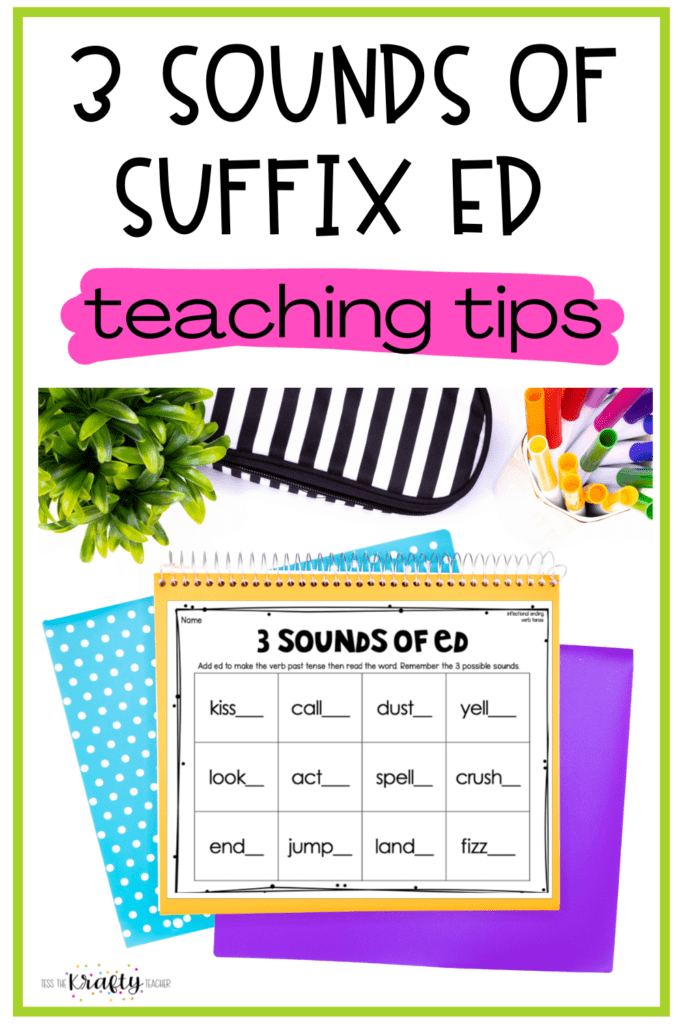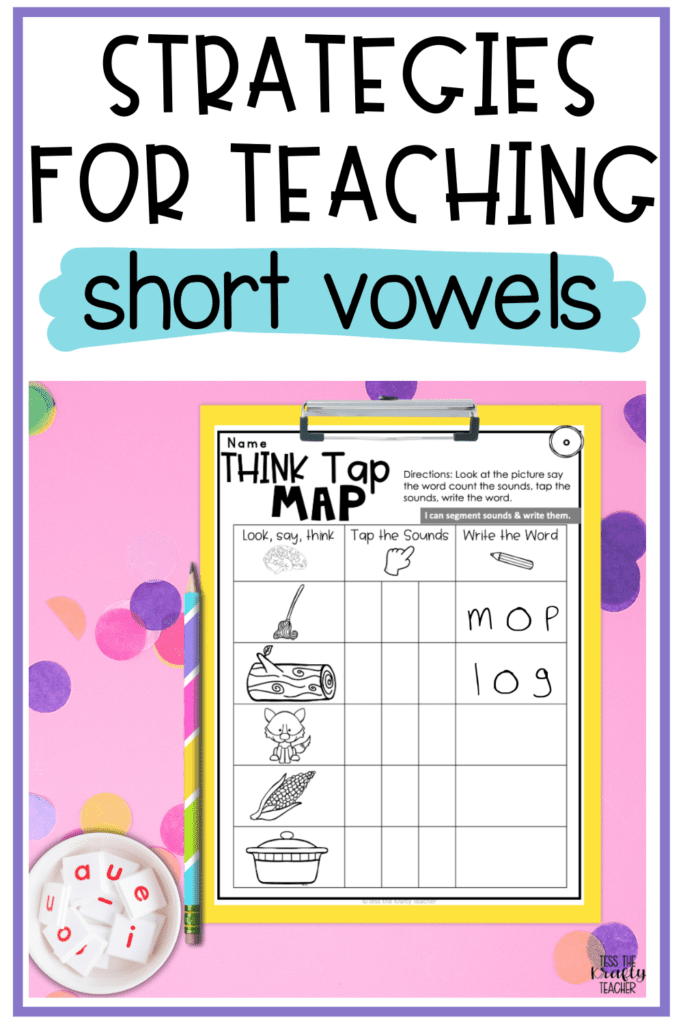The most frequent question I receive about the Science of Reading is “How do you assess a student’s phonics progress? Or how do teachers know if a child is on grade level? In this post, I will share how to assess your students’ phonics progress. This only works if you follow a scope and sequence to ensure skills aren’t missed, which can lead to holes in their knowledge. If you are looking for how to determine where students are at you need a phonics screener but that’s a different post.
Phonics skills are the foundation of literacy. They provide the key to decoding words and unlocking the world of reading and writing. As educators, it is crucial to assess phonics proficiency to ensure that learners are on track to becoming confident, fluent readers.
How do you assess student phonics progress?
In this blog post, we will explore a comprehensive approach to assessing phonics skills. We will look at using fluency sheets, decodable running records, and spelling dictation. This will assess student phonics progress at the sound, word, sentence, and passage levels. As well as can they both read and spell the skill.
The First Way to Assess Students is Their Decoding Fluency
Fluency sheets serve as valuable tools for assessing phonics skills, focusing on the fluidity and pace of reading. These sheets typically include a range of the phonics target skills in words, phrases, and sentences that allow students to practice and demonstrate their decoding abilities. Single word decoding fluency is probably the most overlooked element of assessing a student’s progress. The more fluently they can decode single words the better their future fluency.
The Next Way You Can Assess Phonics Progress is Decodable Running Records
I know, I know running records have become a four letter word but if you throw out the MSV cues assessment and focus on the decoding and high frequency word reading they can still be valuable. Decodable running records take phonics assessment further by placing students in authentic reading contexts. These assessments involve students reading a passage while the instructor monitors their accuracy, self-correction strategies, and comprehension. Decodable texts are carefully crafted to align with the phonics skills students are expected to master at each stage. So by using these teachers can monitor student progress and determine if they will need more practice to be considered proficient at a skill.
The Final Way to Assess Student Progress in Phonics is Using Dictation
Spelling dictation is a powerful tool for assessing phonics skills in a written context. By giving students sounds, words, and sentences that include various phonetic elements, teachers can evaluate not only encoding abilities but also spelling proficiency and the application of phonics rules in writing. I always say if they can spell it they’ve got it! Spelling according to phonics rules also known as encoding is the most difficult skill. We started with can they hear the sound? Then moved to can they read the sounds and finally can they spell the sounds?
Assessing student phonics progress skills through fluency sheets, decodable running records, and spelling dictation provides a holistic view of a learner’s proficiency in decoding and encoding written language. By incorporating these assessments into educational practices, educators can tailor instruction to address specific needs, ensuring that students develop strong and confident phonics skills on their journey to becoming proficient readers and writers.
PIN FOR LATER
